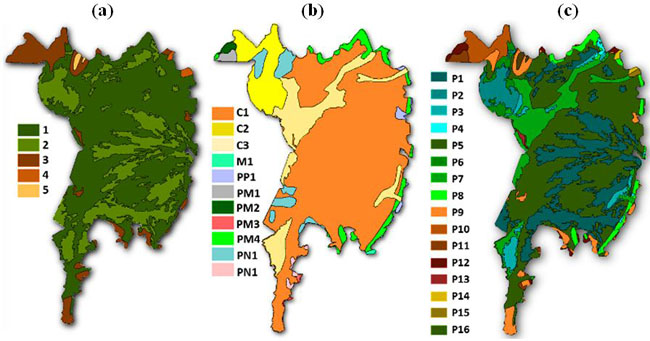Soil classification of the Piauitinga river basin spring areas, Sergipe, Brazil
Keywords:
Soils, Recovery of degraded areas, Environmental management
Abstract
The study of regeneration and maintenance of spring areas is fundamentally important for the conservation of water resources. Considering the need for restoration of the surrounding areas of the springs of the sub-basin of the Piauitinga River, in Lagarto-Sergipe, this study aimed to characterize the soils in their local environment which will serve as a benchmark for future comparisons between areas of springs already degraded and in the recovering process. The springs were classified according to their origin and their stage of preservation. For the study of the local soil, reforested areas of each spring were selected and grouped according to their position in the landscape. The soil classification of the study sites was performed based on local landscape observation, description of opened micro-trenches and analyses of soil samples. The soils were described and classified morphologically. It was observed that from 22 analyzed spring areas, only two (9%) were considered according to their origin as diffuse and the remaining twenty (91%) as punctual. Considering the preservation stage five spring areas (22%) were identified as disturbed and the other ones as degraded (88%). The sites around the springs’ headwaters of the upper course of the Piauitinga river basin are located in erosion spots, depressions and a single case in the foothills coastal tablelands. The most striking characteristics of local soils are the strong hydromorphic (Gleissolos and gleic Cambisols) and, or, the low level of development (Cambisols and Plinthosols, both with much skeletal material, many of them in eroded phase).
Published
27/04/2012
Issue
Section
Papers
Authors maintain the copyrights for their work. However, they grant rights of first publication to Ambiente e Agua - An Interdisciplinary Journal of Applied Science. In compensation, the journal can transfer the copyrights, allowing non-commercial use of the article including the right of sending the article to other data bases or publication media. The journal uses the CC BY 4.0 license"






